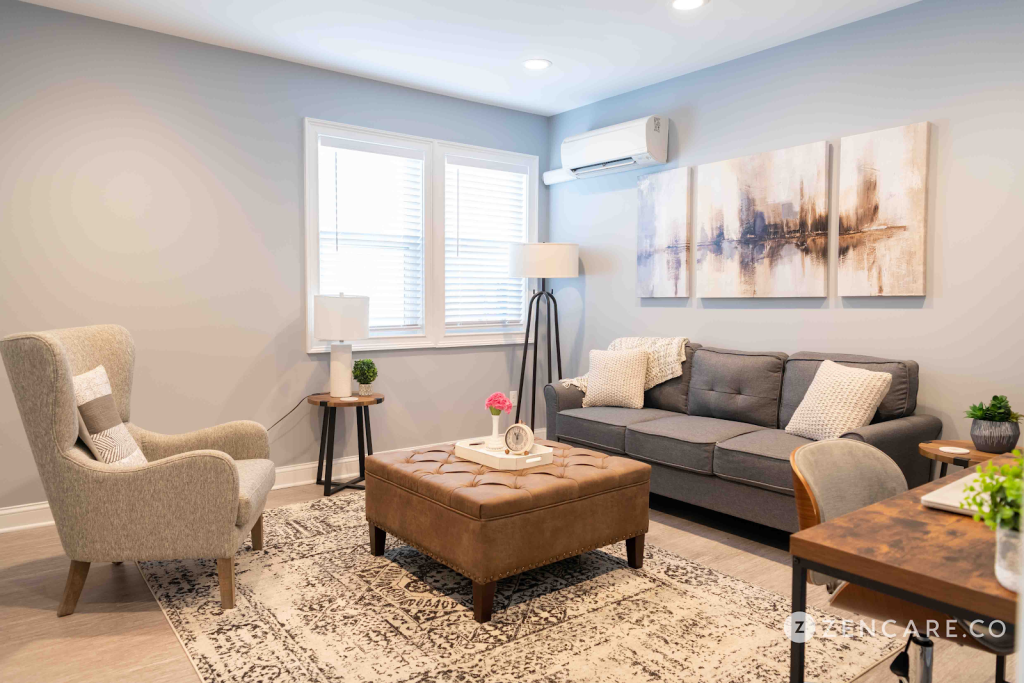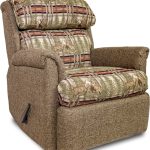Introduction: Creating Comfort and Support in Healthcare
In healthcare settings, the environment plays a crucial role in patient well-being and recovery. Beyond medical treatments, the design of the physical space, including the choice of furniture, can significantly impact the healing process. Therapy furniture, specifically designed to promote comfort, accessibility, and functionality, plays a vital role in enhancing healing environments in hospitals, clinics, and other healthcare facilities. This article explores the importance of therapy furniture and its positive effects on patients, caregivers, and overall healthcare outcomes.
Promoting Comfort and Relaxation
One of the primary objectives of therapy furniture in healthcare settings is to promote comfort and relaxation for patients. Whether it’s a comfortable recliner in a waiting area or an adjustable bed in a patient room, the right furniture can make a significant difference in how patients perceive their surroundings. Comfortable seating allows patients and their families to relax and feel at ease during their time in the healthcare facility, reducing stress and anxiety associated with medical visits or hospital stays. By promoting comfort, therapy furniture creates a more welcoming and supportive environment conducive to healing.

Enhancing Accessibility and Mobility
Therapy furniture is designed with accessibility and mobility in mind, catering to the diverse needs of patients, including those with mobility impairments or disabilities. Features such as adjustable height, easy-to-reach controls, and supportive armrests ensure that patients can navigate the furniture safely and comfortably. In addition, furniture with mobility aids such as wheels or handles facilitates the transfer of patients between different areas of the healthcare facility, improving efficiency and reducing the risk of injury for both patients and caregivers. By enhancing accessibility, therapy furniture promotes inclusivity and ensures that all patients receive the care and support they require.
Facilitating Healing Activities and Therapies
In addition to providing comfort and accessibility, therapy furniture is often designed to facilitate various healing activities and therapies. For example, specialized therapy chairs or tables may be used for physiotherapy sessions, allowing patients to perform exercises or rehabilitation activities comfortably. Ergonomic seating options in waiting areas or patient rooms enable patients to engage in relaxation techniques or participate in therapeutic activities recommended by healthcare professionals. By supporting healing activities and therapies, therapy furniture contributes to the overall wellness and recovery of patients, complementing medical treatments and interventions.
Creating a Calming and Supportive Atmosphere
The design and arrangement of furniture can have a profound impact on the atmosphere of healthcare environments. Therapy furniture is carefully selected and arranged to create a calming and supportive atmosphere that promotes healing and well-being. Soft colors, natural materials, and ergonomic designs contribute to a sense of warmth and tranquility, reducing feelings of stress and discomfort often associated with medical settings. Additionally, thoughtful placement of furniture in communal areas encourages social interaction and connection among patients, caregivers, and visitors, fostering a sense of community and support during challenging times.
Conclusion: Enhancing Patient Experience and Outcomes
In conclusion, therapy furniture plays a crucial role in enhancing healing environments in healthcare settings. By promoting comfort, accessibility, and mobility, furniture contributes to the overall well-being and recovery of patients. Additionally, therapy furniture facilitates healing activities and therapies, creating opportunities for patients to actively participate in their treatment and rehabilitation. Moreover, therapy furniture helps create a calming and supportive atmosphere that reduces stress and promotes a sense of well-being for patients, caregivers, and visitors alike. By recognizing the importance of furniture and investing in thoughtful design and selection, healthcare facilities can significantly improve the patient experience and outcomes.


